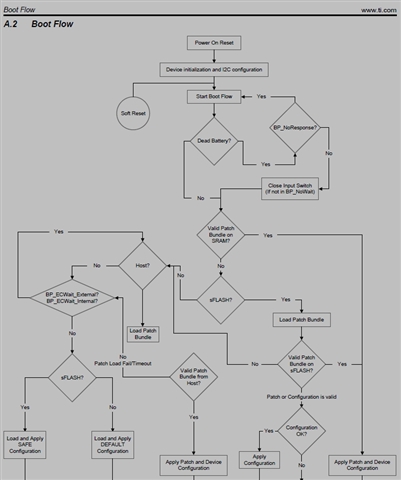Other Parts Discussed in Thread: HD3SS3220
HI,dear.
I want to use TPS65987D (for DR_SWAP) combined with HD3SS3220 (for MUX), which both of their CC lines connect together to the same pin of Type-c receptacle.
Because HD3SS3220 device does not support PD communications over CC lines and integrate Rp/Rd so then influence the voltage of CC , does it cause conflict when TPS65987D communicate to tablet?
Thanks


